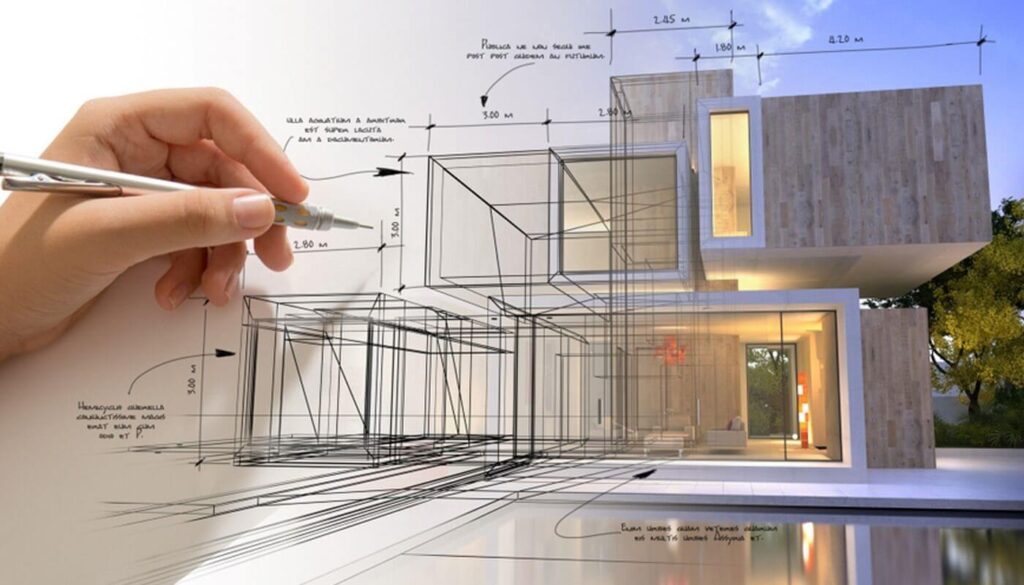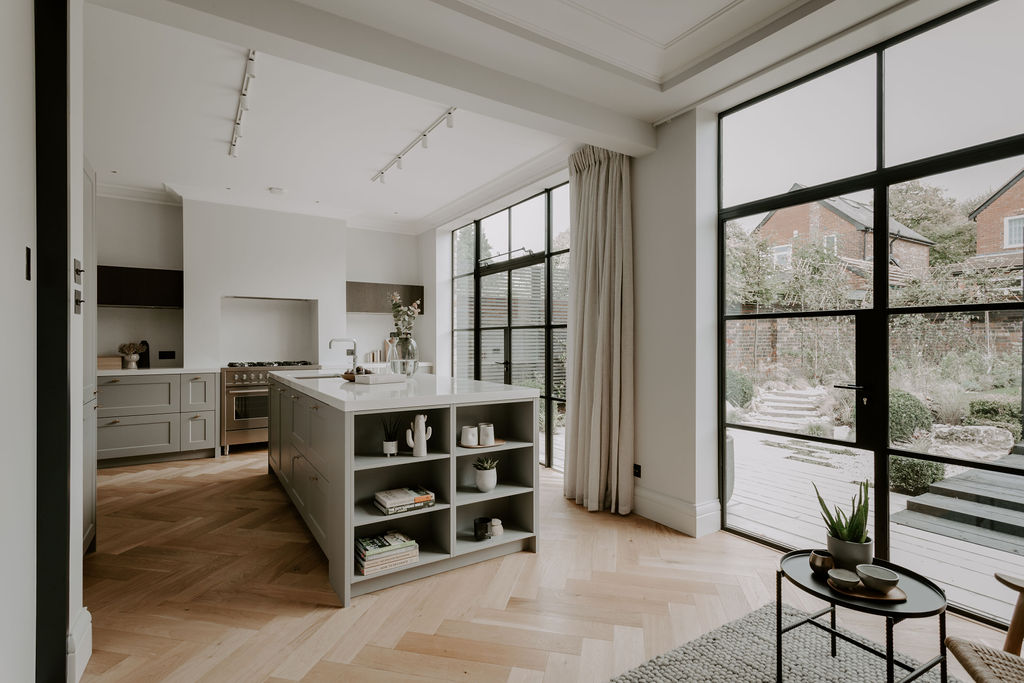The Art of Balance: Exactly How Interior Design and Home Architect Collaborate for Stunning Results
In the world of home design, striking a balance in between visual appeals and capability is no little task. This delicate equilibrium is accomplished with the harmonious partnership between interior developers and engineers, each bringing their unique know-how to the table. The outcome? Rooms that are not just aesthetically spectacular however likewise very habitable. This ideal blend is not always simple to obtain. Stick with us as we check out the ins and outs of this collective process and its transformative effect on home style.
Understanding the Core Differences Between Inside Style and Home Architecture
While both indoor layout and home style play crucial duties in creating visually pleasing and useful spaces, they are naturally different disciplines. It deals with the 'bones' of the structure, functioning with spatial measurements, load-bearing walls, and roofing layouts. On the other hand, indoor layout is more concerned with boosting the sensory and visual experience within that structure.
The Synergy In Between Home Style and Interior Decoration
The harmony in between home style and Interior Design depends on a shared vision of style and the improvement of useful aesthetic appeals. When these 2 areas straighten harmoniously, they can change a living space from regular to amazing. This cooperation calls for a much deeper understanding of each discipline's principles and the capability to produce a natural, visually pleasing setting.
Unifying Layout Vision
Linking the vision for home style and Interior Design can create a harmonious home that is both functional and aesthetically pleasing. The balance begins with an incorporated frame of mind; architects and interior designers collaborate, each bringing their proficiency. This unison of ideas forms the layout vision, a plan that overviews the job. This shared vision is vital for consistency throughout the home, guaranteeing a fluid change from outside style to indoor areas. It promotes a collaborating strategy where building elements complement Interior Design parts and the other way around. The result is a cohesive living space that mirrors the house owner's way of life, preference, and character. Thus, unifying the layout vision is vital in blending style and Interior Design for stunning outcomes.
Enhancing Useful Aesthetic Appeals
How does the harmony in between home architecture and Interior Design enhance useful aesthetic appeals? This harmony enables the development of spaces that are not only aesthetically appealing however additionally conveniently useful. Architects prepared with their structural layout, ensuring that the area is sensible and efficient. The interior designer after that enhances this with carefully selected components that boost the visual appeals without jeopardizing the performance. This harmonious collaboration can lead to homes that are both liveable and gorgeous. A designer could design a house with high ceilings and big windows. The interior designer can then highlight these functions with large curtains and tall plants, respectively, therefore improving the visual charm while preserving the functional advantages of natural light and space.
Importance of Collaboration in Creating Balanced Spaces
The collaboration in between interior developers and designers is crucial in creating well balanced areas. It brings consistency between style and architecture, offering birth to rooms that are not only visually pleasing but additionally practical. Exploring effective joint strategies can offer insights right into how this synergy can be effectively attained.
Balancing Design and Design
Balance, a vital facet of both Interior Design and style, can just really be achieved when these two areas work in consistency. This harmony is not just an aesthetic factor to consider; it influences the capability, durability, and eventually, the livability of a room. Interior designers and designers have to understand each other's functions, appreciate their proficiency, and interact effectively. They need to take into consideration the interplay of structural aspects with style, the circulation of spaces, and the effect of light and shade. This joint procedure causes a cohesive, balanced design where every element has a function and adds to the total visual. Balancing layout and architecture is not simply concerning producing lovely rooms, but about crafting areas that work effortlessly for their inhabitants.
Successful Collaborative Strategies

Instance Researches: Effective Combination of Style and Architecture
Checking out a number of study, it comes to be apparent exactly how the effective assimilation of Interior Design and style can change a room. The Glass House in Connecticut, renowned for its minimalistic style, is one such instance. Engineer Philip Johnson my latest blog post and interior designer Mies van der Rohe worked together to develop an unified balance in between the structure and the interior, leading to a seamless circulation from the outside landscape to the inner living quarters. Another exemplar is the Fallingwater Residence in Pennsylvania. Engineer Frank Lloyd Wright and interior designer Edgar Kaufmann Jr.'s joint efforts lead to an amazingly unique residence that mixes with its natural surroundings. These instance research studies underscore the extensive impact of a successful design and style partnership.

Overcoming Obstacles in Layout and Style Collaboration
Regardless of the undeniable benefits of a successful cooperation between indoor layout and design, it is not without its difficulties. Architects might focus on architectural honesty and safety, while developers concentrate on comfort and style. Efficient communication, shared understanding, and compromise are important to get rid of these difficulties and accomplish a unified and successful partnership.

Future Patterns: The Evolving Connection In Between Home Architects and Interior Designers
As the world of home design continues to evolve, so does the relationship between architects and indoor designers. Conversely, indoor designers are embracing technological elements, influencing total design and functionality. The future assures a much more cohesive, cutting-edge, and flexible method to home layout, as designers and designers proceed to blur the lines, fostering a relationship that truly symbolizes the art of balance.
Conclusion
The art of equilibrium in home style is achieved via the unified partnership between indoor developers and architects. An understanding of each other's techniques, efficient interaction, and shared vision are vital in producing visually magnificent, practical, and inviting rooms. In spite of obstacles, this partnership fosters development and development in design. As the relationship in between home designers and indoor designers evolves, it will certainly continue to form future trends, boosting comfort, performance, and individual expression in our space.
While both interior layout and home design play essential duties in creating cosmetically pleasing and practical rooms, they are inherently different techniques.The synergy between home style and interior style exists in a shared vision of layout and the enhancement of practical visual appeals.Linking the vision for home architecture read the full info here and interior style can develop a harmonious living area that is both useful and aesthetically pleasing. Thus, unifying the design vision is crucial in blending design and indoor design for spectacular results.
Just how does the harmony in between home architecture and interior style boost useful aesthetic appeals? (Winchester architect)